Rottweiler keeping rules

Many people believe that Rottweilers are harsh and aggressive dogs, therefore keeping them in an apartment is dangerous, too difficult and troublesome. In fact, this is far from the case, Rottweilers are primarily bodyguard dogs, so it is important for them to be close to their owner.

What do you need to keep a puppy?
Even before purchasing a Rottweiler puppy, it is necessary to create comfortable conditions for the dog - to equip a personal place and purchase everything for full care of the pet.
The best place for a four-legged friend is in the corner. - where the household members will not, moving from one room to another, touch the sleeping pet with their feet. It is not recommended to arrange a rest area for the puppy near a window or door, where drafts often occur. A place near the battery will also be a bad choice.
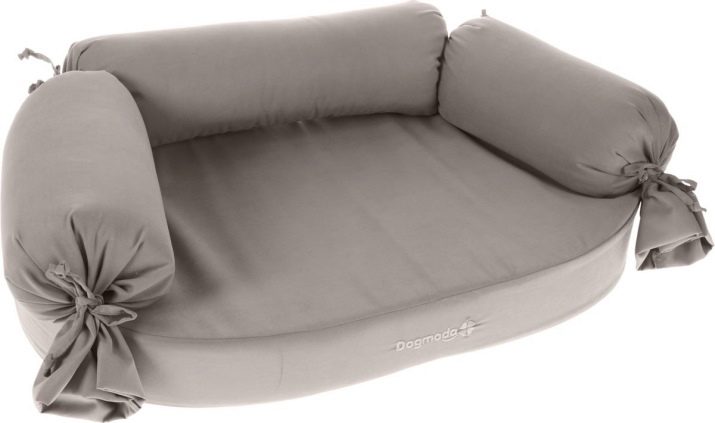
It is advisable to exclude or minimize loud sounds from audio and video equipment, a working washing machine and other household appliances.
It is very important to purchase in advance all the attributes that will be useful in caring for a pet:
- combs;
- brushes;
- leash;
- collar;
- muzzle;
- feeder and drinker;
- feeding stand;
- toys.
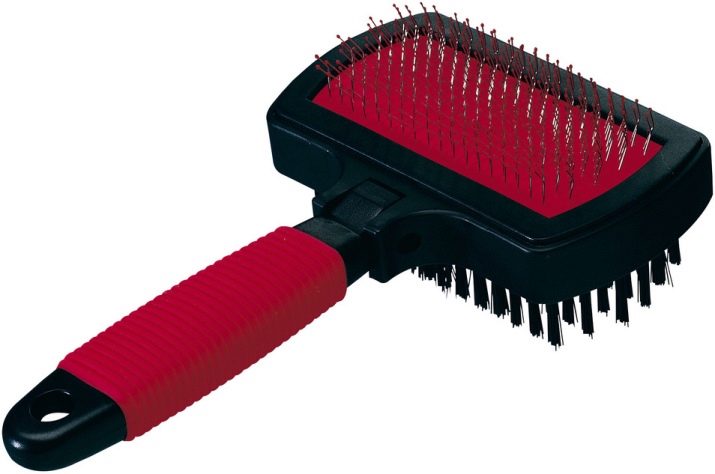
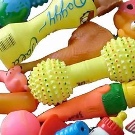
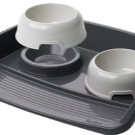
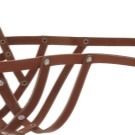
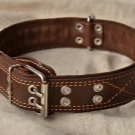
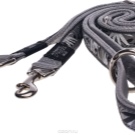
If you plan to keep the dog in a private house, then in the warm season you can mark the dog in a spacious aviary. As soon as the temperature starts to drop below 10 degrees - the Rottweiler needs to be taken home, keeping the animal outside in winter is unacceptable.
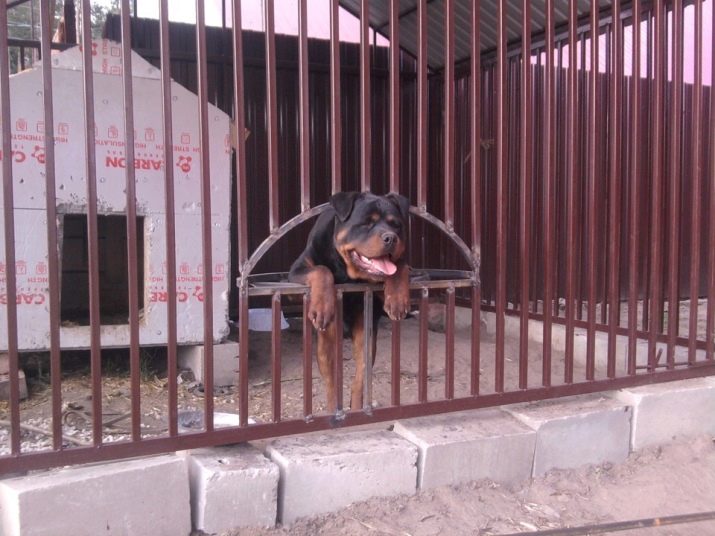
Please note that staying in the enclosure does not replace regular walking outside it, the animal needs physical activity, otherwise the dog starts to get sick.
What to feed?
Rottweilers are classified as molossians, which means they are not overly active and tend to be overweight. This fact should be taken into account when developing a menu for your pet. As a rule, 800-900 g of feed per day is enough for an adult. During the period of intensive training, as well as with the enclosure, the dosage can be increased. A newborn puppy feeds on mother's milk, and it is already possible to introduce complementary foods for menstruation. The feeding rate for young Rottweilers is:
- small puppies up to 2 months old are fed 5-6 times a day at regular intervals, excluding at night;
- from 2 to 4 months, the number of feedings is reduced to four;
- after the dog reaches 6 months, the dog is gradually transferred to an adult diet - twice a day.
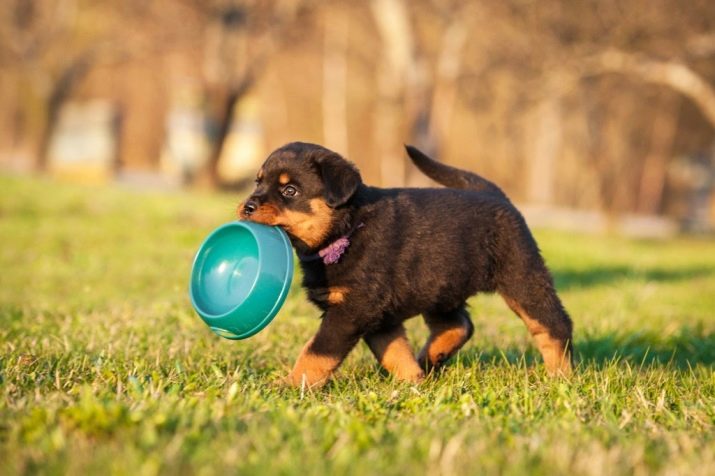
Keep in mind that Rottweilers value stability very much, so feed should go to the bowls every day at the same time, for example, 8 and 20 o'clock or 7 and 19, depending on your ability.
Some breeders prefer one-time feeding, but this is rather a forced measure for busy owners - too large a portion is not fully absorbed by the body and this is fraught with serious digestive problems.
It is difficult to give an unequivocal answer to the question of which type of feeding is preferable - natural food or dry food. Each of them has its own advantages and disadvantages. So, dry products are more convenient to use, store and transport. You do not have to waste time buying all the necessary components of the diet and preparing mash, in addition, store feed is enriched with all the necessary vitamins and minerals, which means that there is no need for dietary supplements. Natural food is preferable for the pet, but the owner will have to spend a lot of time in the kitchen to provide his pet with a balanced and nutritious diet. Please note that when feeding with natural products, the animal additionally needs to include vitamins and minerals in the diet, however, this is not a problem, since you can buy the necessary complexes at any zoo pharmacy.
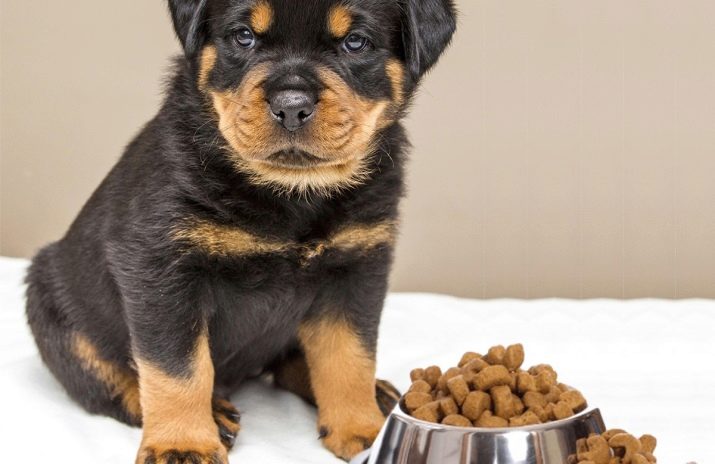
If you prefer dry food, then you should choose products of at least super-premium class, preferably holistic, always labeled “for large dogs with an average degree of activity”.
Natural feeding should be at least half of animal protein sources, usually lean meats such as veal, beef or rabbit. A couple of times a week, you can replace meat with high-quality offal - heart, udder or liver, and once a week - with sea fish, preference should be given to hake or cod.
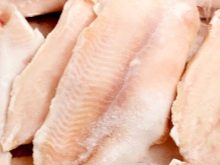


It is very important for dogs to get carbohydrates, which are considered sources of energy for dogs. Their animals are obtained from cereals cooked in meat broth or milk without butter, sugar and salt. In addition, the Rottweiler needs to ensure the daily presence of vegetables on the menu - carrots, pumpkins, zucchini or cauliflower. They are included in the mash raw or steamed. It will be superfluous to season the porridge with a small amount of vegetable oil and chopped juicy greens.
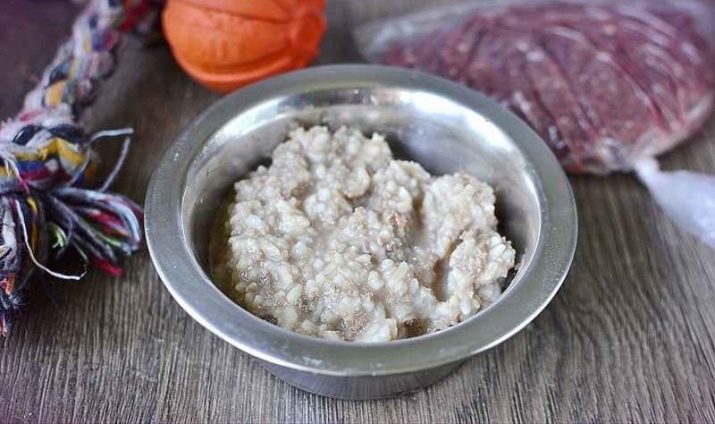
Once a week, the animal should be given fermented milk products - low-fat cottage cheese, yogurt or kefir, as well as a chicken egg.
The following foods are not allowed to be included in the diet:
- pork;
- cream or butter;
- bakery products;
- sweets of all kinds - sweets, chocolate, baked goods;
- fried and smoked foods;
- vegetables with a high starch content - potatoes and melon;
- pickles and pickles;
- legumes.

In order to avoid injury to the digestive tract, you should not give the Rottweilers bones, but from time to time it will not be superfluous to offer your pet cartilage - this is how they train the jaw and at the same time clean the teeth from the stone.
Regardless of what type of feeding you choose, your pet should have free round-the-clock access to a drinking bowl with clean drinking water.
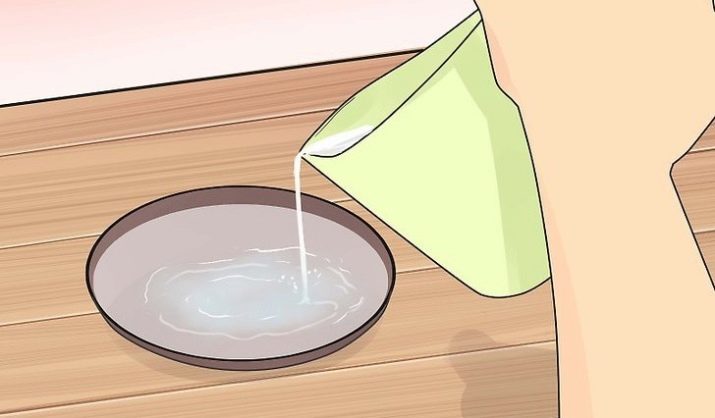
After each feeding, the leftovers are thrown away, snacks are unacceptable for Rottweilers - the animal must have strict food discipline.
Hygiene rules
The Rottweiler is a dog that does not require specialized care.
- Wool processing is reduced to brushing 2-3 times a week, during the molting period, the procedure is carried out daily. Keep in mind - you need to teach your pet to this procedure from early childhood, otherwise the adult pet will resist.

- Rottweilers are bathed no more than 2-3 times a year, if it is heavily soiled, you can rinse it with warm water or wipe off the stained areas of the coat with a damp towel. For washing it is better to use special shampoos for short-haired dogs, the optimum water temperature is 28-30 degrees.
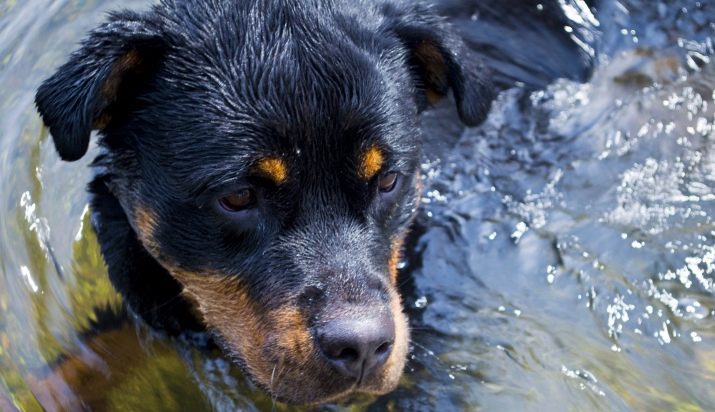
- Rottweiler ears are the main place of accumulation of pathogenic bacteria., therefore, they need to be properly looked after - they should be examined daily for microtraumas and inflammations, at least 3 times a week they should be wiped with a cotton pad dipped in boric alcohol.

- Once a week, you need to wipe your eyes with a decoction of chamomile or a weak solution of furacilin.

- With enough walks on hard ground, Rottweiler claws grind off on their own, if the dog moves mainly on a soft base, then this does not happen, so the claws must be carefully cut off with a special nail clipper. You should not neglect this procedure - long claws cause significant discomfort to the animal and often lead to injury to the dog during games. In addition, due to constant pain, Rottweilers incorrectly position their limbs, respectively, the load on the joints and the spine is disproportionately distributed, which leads to pathologies of the musculoskeletal system.
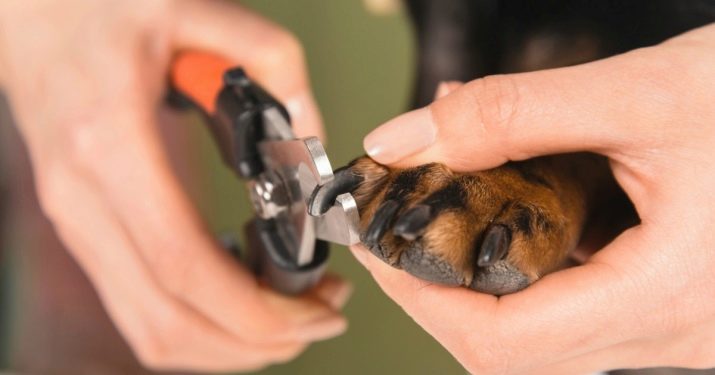
- The teeth of the animal also need attention from the breeder. - Rottweilers have a predisposition to tartar, so you need to brush your pet's teeth at least once a week, and periodically give bones from beef veins to prevent gum problems.
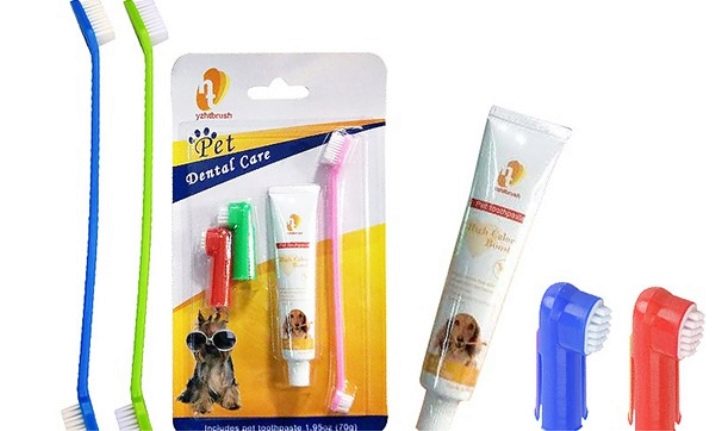
- In the summer, the animal must be treated for fleas and ticks., also once a month they carry out deworming.
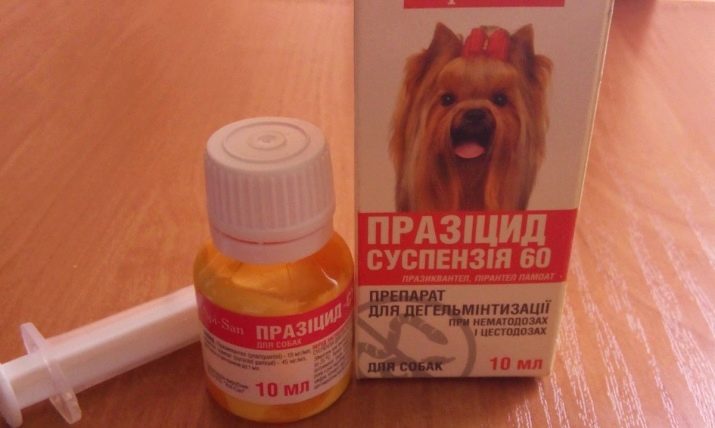
Features of education
Rottweilers are strong and confident dogs that need a human leader. The owner of the dog must constantly show him his primacy in the house. Rottweilers prefer to choose one "leader" in the house and obey only him. To avoid such a situation, it is necessary to divide the care of the pet equally among all family members, it is even desirable to draw up a schedule of walking and feeding. Only in this case the dog will respectfully treat all household members.
Raising a dog should be done from birth. First of all, the animal must know its place in the house; it should not be allowed to feed from the table and sleep on the master's sofa. At the same time, do not go too far - this animal does not tolerate screams, insults, and even more so physical impact. If you decide to hit your pet, he may well rush back.
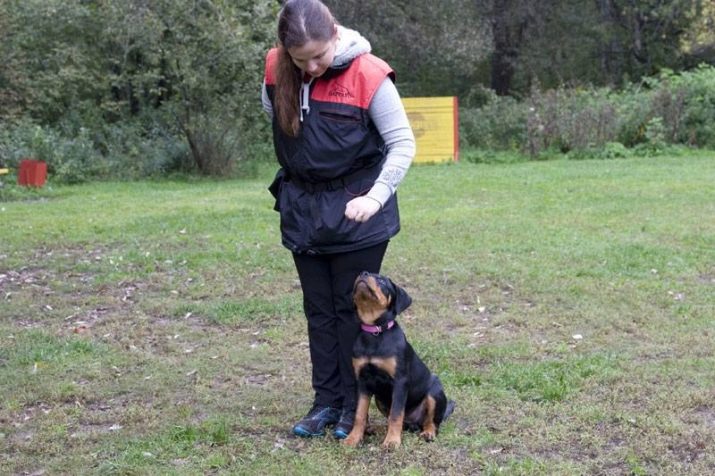
The most working method is motivation - you need to lure the puppy with treats, toys or a kind voice, and as a punishment for a misconduct, you can use a stern look, a single unsharp twitching or deprivation of one feeding.
Training begins at 3-4 months. In the learning process, you should learn the basic commands:
- it is forbidden;
- nearby;
- quiet;
- a place;
- sit;
- voice.
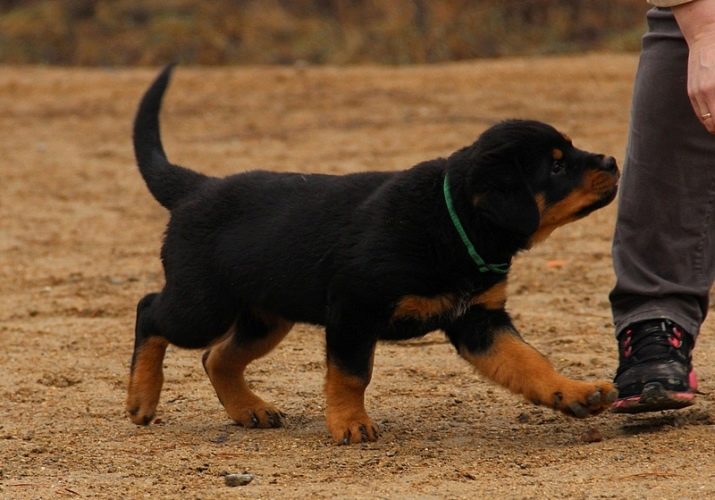
Walking
When kept at home, the animal must be walked twice a day for at least 1 hour. Usually dogs are taken to specially equipped areas. If your dog is not socialized enough, then it is better to walk in the forest belt, avoiding meeting other dogs and crowds of people. We draw your attention to the fact that the breed is officially included in the list of dangerous, therefore in most countries of the world a law has been adopted, according to which such dogs can be walked exclusively on a leash and in a muzzle.
If the animal is kept outdoors, then it is necessary to equip a running area for it. If you cannot walk the dog twice a day, you can reduce the number of walks to one, but in this case, it should be as active and mobile as possible - for example, the animal can be an ideal partner for runners and cycling enthusiasts.

Health care
Representatives of Rottweilers are quite strong and healthy dogs that can boast of good immunity. However, despite this, the breed does not belong to centenarians - such dogs live only 8-12 years. Typical breed pathologies are not observed in them, although some dogs are susceptible to diseases of the musculoskeletal system, which are common among molossians.
The most common of these is hip dysplasia - an incurable pathology that appears in lameness, frequent pain and deformity of the paws. Osteochondrosis is not uncommon among Rottweilers.
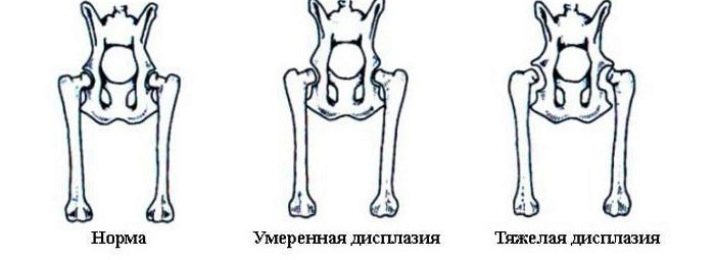
Also, the animal is prone to diabetes mellitus, cataracts, dermatitis, with improper feeding, digestive problems are observed.
Vaccinations are very important for the Rottweiler, which protect the dog from viral infections carried by people, household items and other animals. Of course, no vaccination gives a complete guarantee that the pet will not catch the virus, but unvaccinated animals are weak in front of pathology and, if infected, most often die, while vaccinated dogs tolerate the disease more easily and recover faster without undesirable consequences for the body.
The first two vaccinations are carried out in nurseries, puppies should be sold already vaccinated with all the necessary marks in the documents, usually the procedure is carried out at 1.5-2 months, when the puppy's maternal immunity weakens.
Be sure to do a comprehensive vaccination against major diseases - hepatitis, enteritis, distemper and others. Vaccinations should be renewed annually. At the request of the breeder, an additional rabies vaccine can be supplied.

For information on how to raise a Rottweiler, see the video below.



































